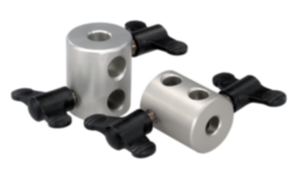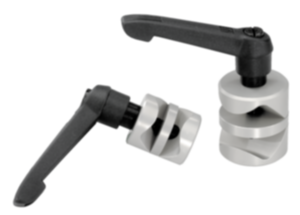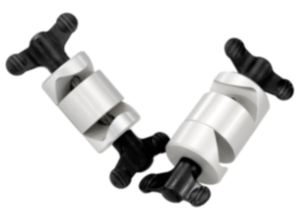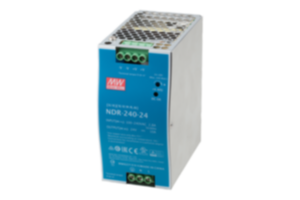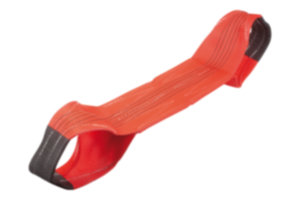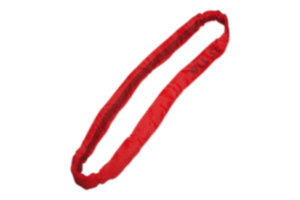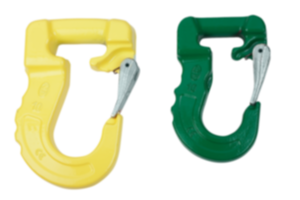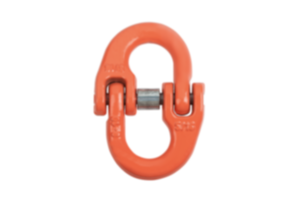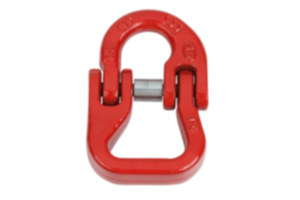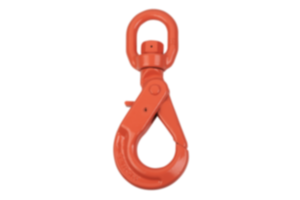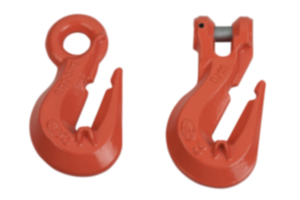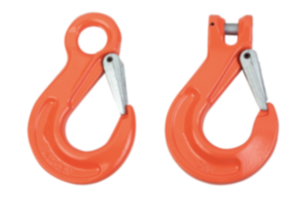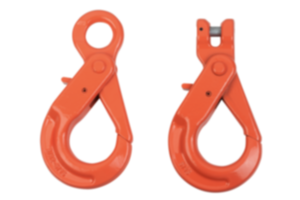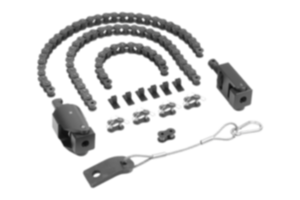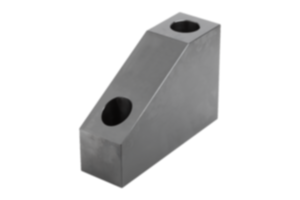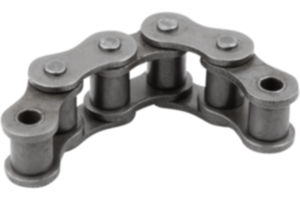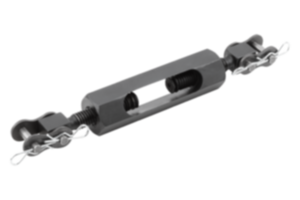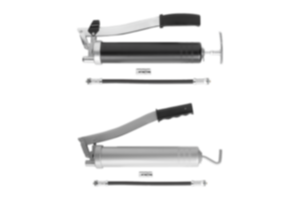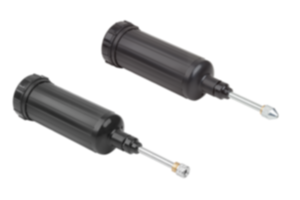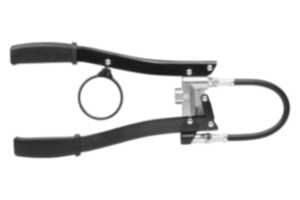Rubber buffers
norelem rubber buffers are popular construction and standard elements for elastic bearings. These rubber buffers are distinguished by their robustness and their effective damping and cushioning of shocks. This is particularly important when there are repeated impacts and accelerations with an end plate. Norelem rubber buffers assist in damping and cushioning machine vibrations.
Areas of use
Rubber buffers are used for pressure loads and shear loads in the widest variety of applications in industry and trade, mainly for absorbing kinetic energy, and they belong to the buffer element product family. However, norelem rubber buffers can support significantly less shear load than pressure load. You can find the load data in the technical information page for rubber buffers .
They are used, among other things, as mountings for aggregates, motors, compressors, pumps and testing machinery. Rubber buffers are frequently used as door stops or as noise reduction elements.
Rubber buffer types
In the norelem online shop, rubber buffers are offered in different hardness grades. Natural rubber in combination with steel or stainless steel ensures durability and reliable damping.
For different mounting requirements, norelem offers rubber buffers with internal thread or external thread. Depending on their construction, rubber buffers absorb energy according to shape.
A tapered rubber contour ensures optimum damping, e.g. for edge loads with a large radial deflection. On the other hand, tapered rubber buffers particularly cushion heavy impact loads well. The application possibilities vary depending on the development. The rubber buffers can therefore be used variably in the area around the machine.
Rubber buffer types
The rubber buffer type indicates the type of application the buffer can be used in when integrated in industry or machine construction.
Type A: The norelem rubber buffers in the Type A product group have an external thread on both sides.
Type BThe Type B rubber buffer can be fitted and/or integrated with an internal thread and an opposing external thread.
Type C: The Type C product group of rubber buffers have an internal thread at both ends.
Type D: The rubber buffer in the Type D product group has an external thread and a natural rubber overlay on the visible surface as an end stop to limit the spring deflection for moving bodies.
Type E: The Type E rubber buffer differs from the Type D buffer in its thread. The norelem Type E rubber buffer has an internal thread.
Rubber buffers made of stainless steel
The norelem rubber buffers made of stainless steel have a grey elastomer overlay made of natural rubber with a Shore A hardness grade of 55°. The bright, rustproof stainless steel rubber buffer versions can be used in a temperature range from -30°C to +80°C. There are various versions of the stainless steel rubber buffer in the norelem online shop, Type B, Type C, Type E and Type D (with external thread for use as an end stop or for machines which are not anchored to a foundation).
Rubber buffers made of steel or stainless steel
The rubber buffers with black elastomer natural rubber overlay and steel or stainless steel have a Shore A medium hardness grade of 55°. Rubber buffers in the steel version (strength 5.6) are galvanised, rubber buffers in the stainless steel version are bright.
The rubber buffer are available in the norelem shop with external threads (Type A), external thread (Type B), internal thread (Type C) or with external thread (Type D, with external thread for use as an end stop or for machines which are not anchored to a foundation).
The bright, rustproof stainless steel rubber buffer versions can be used in a temperature range from -30°C to +80°C.
Tapered rubber buffers
Rubber buffers with a tapered contour reduce high edge loads on the rubber by radial deflection and thus increase the component's service life. The norelem rubber buffers in the tapered version are available as Type CT (internal thread) or with two external threads (Type AT).
Parabolic rubber buffers
Parabolic rubber buffers have an external thread and a tapered elastomer overlay made of natural rubber. These buffers are always used where effective cushioning or damping of impacts is required.
Conical rubber buffers
The conical rubber buffer differs from the parabolic rubber buffer in its shape. It is not tapered, but it has the same impact damping properties.
Spherical rubber buffers
The norelem spherical rubber buffer has an internal thread and, like the conical and parabolic rubber buffers, is used for cushioning and damping impacts.
Suction foot rubber buffer
The Type DS suction foot rubber buffer has an external thread and is used as mountings for aggregates, and as an end stop to limit the spring travel for moving bodies.
Rubber stop buffers (door buffers)
The Type TP door buffer rubber stop buffer has a hole in the centre so that it can be easily screwed on. The rubber stop buffer can also be used as a levelling foot for machines.
Rubber buffer accessories
Rubber impact buffer rail
For absorbing large impact forces and supporting heavy weights, the comprehensive norelem range offers norelem rubber impact buffer rails . This is used to absorb large impact forces and to support large masses. The rubber impact buffer rails are supplied in black painted or galvanised steel.
O-shaped mount
Another accessory from the norelem rubber buffer product group is the O-shaped mount made of galvanised steel. O-shaped mounts have a very soft spring characteristic, which is why they are also called low-frequency supports. They serve for low-vibration support of instruments, and electrical components, as well as for fastening light aggregates and precision mechanical equipment.
